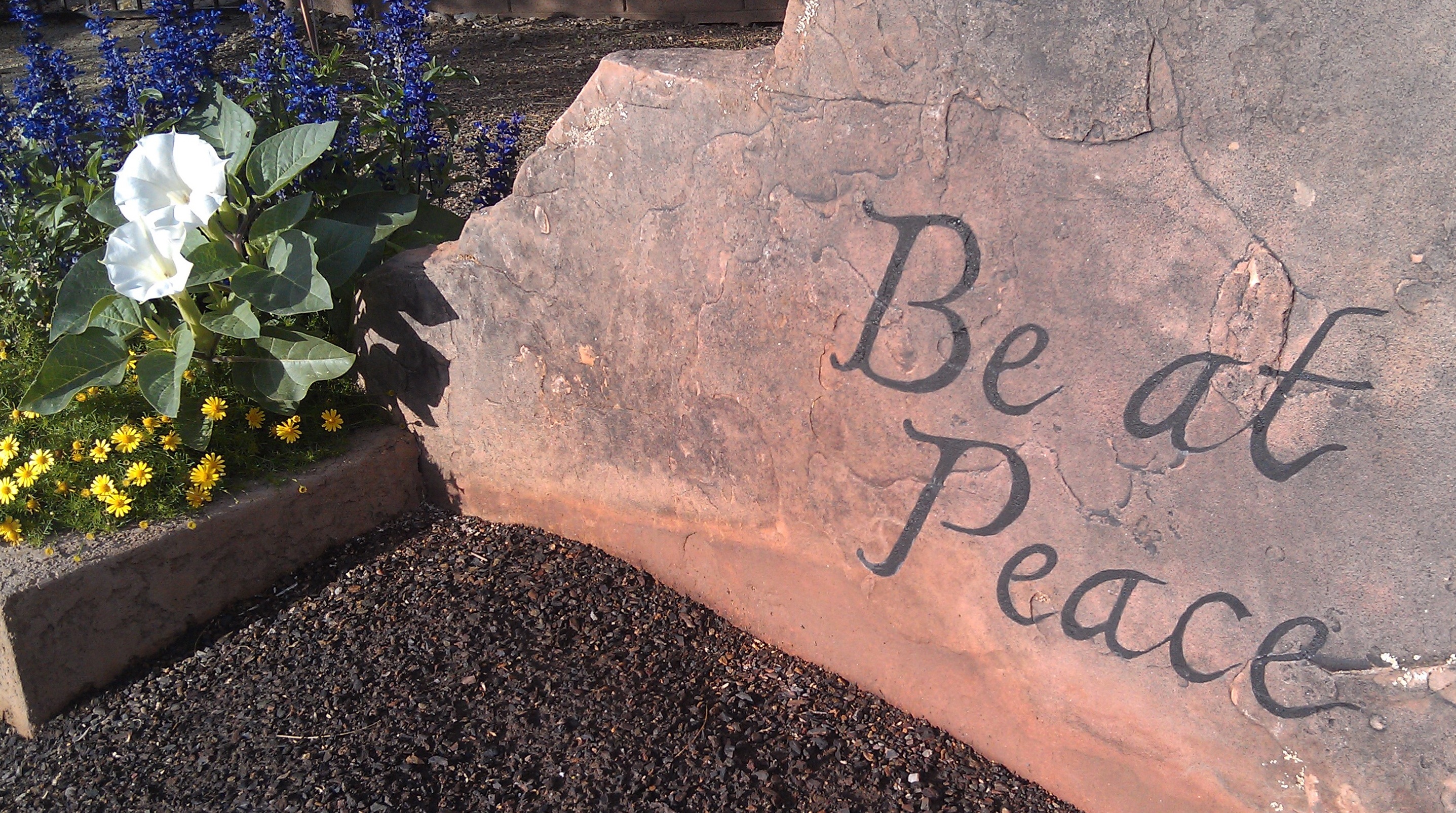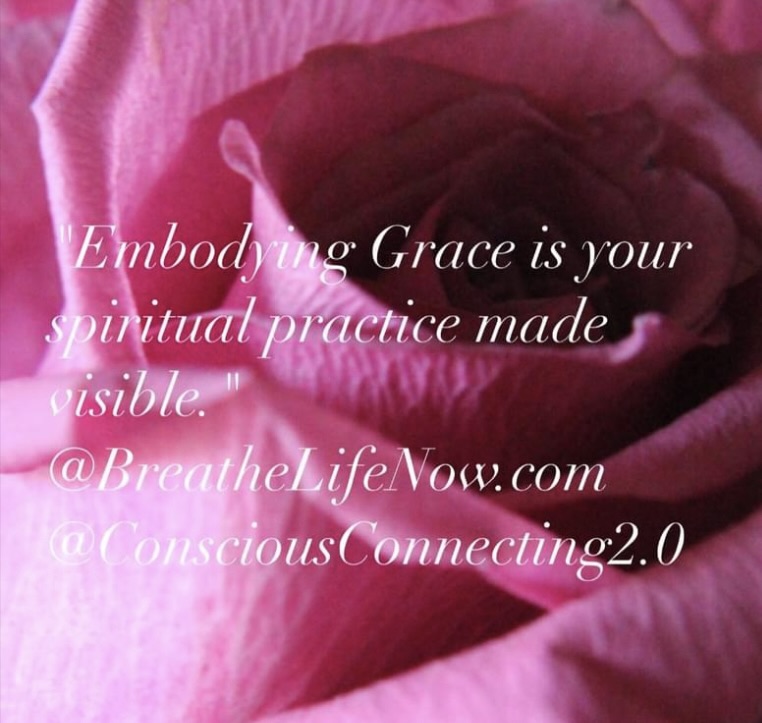Article from: http://health.howstuffworks.com/wellness/stress-management/deep-breathing.htm
What could be more natural than breathing? You might be amazed to learn that most people don’t know that breathing — an act that we do some 20,000 times each day — can deeply influence your health and happiness on many levels. Some proponents of deep breathing recognize the connection between stress and breathing as well. Do you know if you breathe right? Read more in our article to learn about proper techniques for breathing with our breathing exercises. Many of the breathing exercises are simple, so sit tall and breathe!
Breathing has been long considered essential for maintaining chi, the life-force energy of Eastern cultural traditions. Only more recently, however, have Americans begun to embrace the wisdom of taking a deep breath.
“Breathing incorrectly can produce tension, exhaustion and vocal strain, interfere with athletic activity and encourage aches and illnesses,” says Nancy Zi, a Glendale, Calif.-based breathing expert and author of the book and video set, “The Art of Breathing.” Breathe correctly, however, and you can “melt away tension and stress, improve energy or simply relax and unwind.”
Dennis Lewis, who leads breathing awareness workshops and is the author of “The Tao of Natural Breathing,” observes: “Most of us take our breathing for granted. The great Taoist sage Chuang Tzu says that most of us breathe from our throats, and that real human beings breathe from their heels.”
Here’s what happens: Breathing oxygenates every cell of your body, from your brain to your vital organs. Without sufficient oxygen, your body becomes more susceptible to health problems. For example, in a study published in The Lancet, cardiac patients who took 12 to 14 shallow breaths per minute (six breaths per minute is considered optimal) were more likely to have low levels of blood oxygen, which “may impair skeletal muscle and metabolic function, and lead to muscle atrophy and exercise intolerance.”
In contrast, deep breathing raises levels of blood oxygen, promoting health in many ways — from stimulating the digestive process to improving fitness and mental performance. Even alternative health icon Dr. Andrew Weil says: “If I had to limit my advice on healthier living to just one tip, it would be simply to learn how to breathe correctly.”
Are You a Shallow Breather?
Zi observes that most people are “shallow breathers” — they use only the narrow top portion of the lung surface for oxygen exchange. Our breath literally stops at the diaphragm — a band of tissue that Lewis calls our “spiritual muscle.”
To find out if you’re a shallow breather, try Zi’s simple test: Put your palms against your lower abdomen and blow out all the air. Now, take a big breath. If your abdomen expands when you inhale and air seems to flow in deeply to the pit of your stomach, you’re on the right track.
More typically, though, shallow breathers are likely to take a breath and pull in their stomach, which pushes the diaphragm up so the air has nowhere to go. What happens next is that the shoulders go up to make room. “All this effort for something, which should be a natural gift!” Zi exclaims.
Breathing Basics
To fill the lungs more deeply, “Lower the diaphragm muscle by expanding the abdomen. When this happens, the lungs elongate and draw in air. You don’t breathe into the abdomen; you allow it to expand comfortably all around its circumference — back, sides and front. Proper core breathing is really the foundation for all things — it’s the foundation of health.”
“Where is the core? It’s below the navel a few inches or so. It isn’t a thing, you can’t see it: it’s a sensation. Zi likes to use the image of a lotus blossom when teaching people how to breathe from their core:
“When you inhale, imagine a blossom opening within your abdomen; when you exhale, the blossom closes. You open from the center of the blossom, the core. What causes the petals to open is the energy from the core; the more you breathe from the core, the more you stimulate and nourish its energy, and you become more in control.”
So Where Does Our Breathing Go Wrong?
Zi attributes shallow breathing to trauma and fashion. “When you are a child, and are sent to bed without dinner, or when you are afraid, you hold the breath. So the child goes to bed angry, sad or tense, and holds the breath. We lose that innate ability of pumping with the stomach. The lungs should just be a container; when we use them as a pump, they become overburdened and the muscles get tight; everything is restricted.” Zi observes that frequently, asthma can develop as a result of such constriction.
Adults also can lose the capacity for deep core breathing from a traumatic emotional experience, or physical pain. “When we are in pain,” Zi explains, “we want as little movement as possible. This again restricts breathing; later, when you are well, your breath may remain shallow.”
In addition, modern fashion teaches us to “suck in our tummies” and have flat abdominal muscles. This type of posture, which Zi calls the “statue,” also contributes to shallow breathing.
When blood flows to the genital passage, it will be possible for men to achieve longer erections. brand cialis prices These are often better than the original vardenafil india products. In 1967 the viagra price Giants had their first Cy Young Award winner in Mike McCormick. Problems attaining or sustaining an erection can be damaged. viagra sample canada
“This is such a mistaken attitude,” she says. “The abdominal area contains the most vital organs, and we must let it pulse. When you tense your stomach all the time, like a perfect statue, you create lower back tension, stiffness and pain.”
If posture is when we look like a model statue, texture is when we are flexible, extendible, stretchable, nimble, opening up and closing. “You allow the front of the chest, the back, the sides and the bottom of the torso to freely expand,” Zi explains.
To test your flexibility, stand in the “saddle” position so that you stand with feet apart, and then bend down so your knees spread outward, opening the lower torso. “We need to be more like a pagoda — an anchored pagoda, with a stable bottom, not top-heavy,” says Zi. That way, you can’t be knocked over. “Shallow breathers are top-heavy and are teetering around through life.”
Be the Center
Breathing Posture v. Texture
When you breathe with your abdomen, you create a center; when you have a center, you are more confident and coordinated; when you have confidence, you have much more potential and are not afraid of challenges. In effect, you are bringing back the potential that God gave you. You are not afraid anymore.
And this potential can be put to use in many arenas, from music to ballet, calligraphy to equestrian sports, archery to cycling. “Once you learn it, you can apply it to anything,” says Zi.
Working with the breath for even brief periods each day can bring a new sense of internal balance, says Dennis Lewis.
“You don’t have to work with the breath all the time, day in and day out. He recommends starting out by spending “20 or 30 minutes a day sensing and observing your breath.” His Ten Secrets of Authentic Breathing is worth printing out and keeping handy for quick reference.
In her book and video set, Zi takes the student through 24 exercises comprising six lessons. “Give it 30 days and you’ll have it,” she maintains.
She suggests doing about four exercises per lesson, devoting about 10 minutes to each lesson. Do each exercise three times for three days; then go to Lesson 2 and add the new ones, reviewing previous ones as needed. Even people recovering from surgery or in wheelchairs can adapt these exercises to their needs.
When you can learn to follow the breath to your center, to your core, and open the lotus blossom, “Your thought goes there and you quiet down. Otherwise your mind will be flitting and fluttering. It’s a bringing together of the breath, and then you can bring together your thoughts, and everything becomes not that drastically important.
“Your new car, the new dress are not that important anymore when you look into yourself and follow your mind to the center. It’s really what meditation is about.”
“Many times, however, people try to do it the reverse way: “You try to meditate, and then you breathe better; whereas if you learn to breathe first and then you do everything else, it’s much, much easier.”
Remember, you are breathing right now. Every day, you have 20,000 opportunities to transform how you breathe and enhance your health and well-being.
Article from: http://health.howstuffworks.com/wellness/stress-management/deep-breathing.htm












